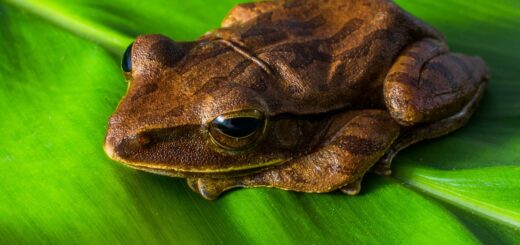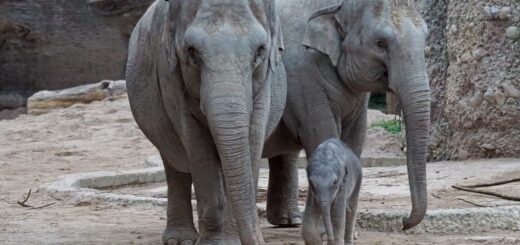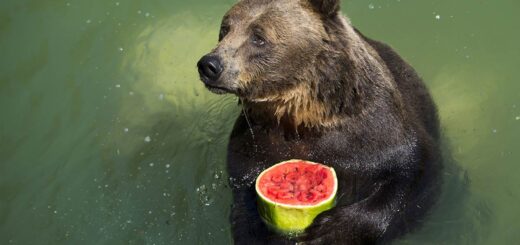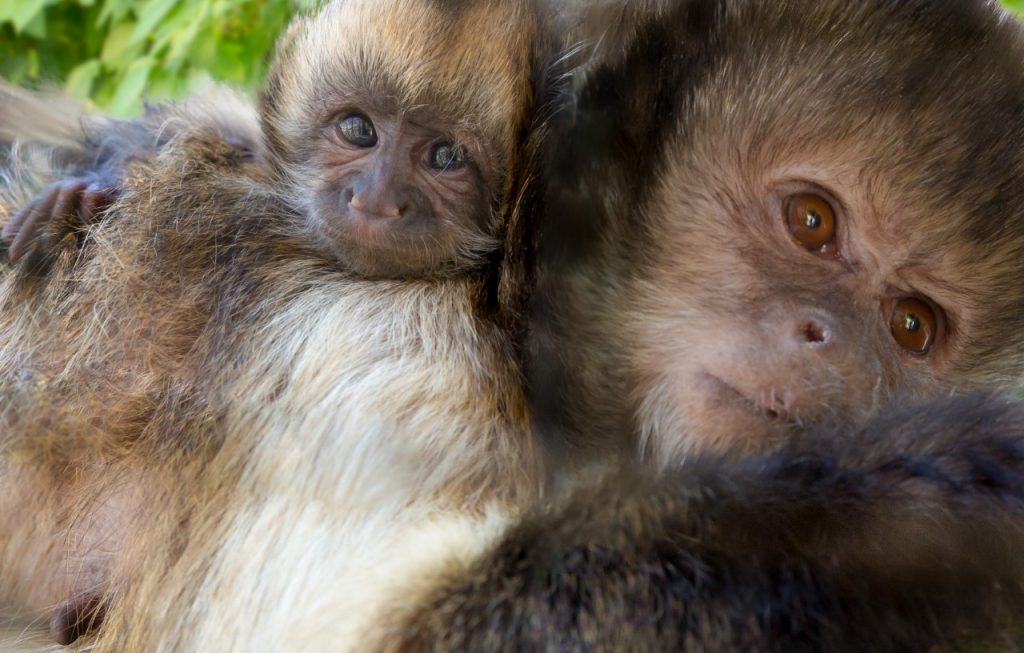Evolutionary implications of the high-protein milk of captive Xenarthrans
Citation
Power ML. 2019. Evolutionary implications of the high-protein milk of captive Xenarthrans. In Brooks M, Freel T, Koutsos E Eds. Proceedings of the Thirteenth Conference on Zoo and Wildlife Nutrition, Zoo and Wildlife Nutrition Foundation and AZA Nutrition Advisory Group, Saint Louis, MO.
Abstract
The Xenarthra, the orders Cingulata (armadillos) and Pilosa (anteaters and sloths), probably evolved from an insectivorous ancestor. Based on other insectivore milks (e.g. aardvark, elephant shrew), milk of the common ancestor of living Xenarthrans likely was high-protein. Armadillos and anteaters remain insectivorous, but sloths evolved to become herbivores. Phylogeny and adult diet should both influence milk composition. This study explored whether the milk protein content of extant Xenarthrans is consistent across the orders, despite the insectivorous or herbivorous adult diets. Our hypothesis was that phylogeny would be the stronger signal.
 46_Power.pdf 30 KB
46_Power.pdf 30 KB








